Part 1: Almaden Quicksilver Park
I mentioned in my last post about Almaden Quicksilver Park that the New Almaden Mines were in operation from 1845 to 1976. This means people were pulling ore out of the caves before California was a state and before the Gold Rush in California, which started in 1848.
Spanishtown was the first settlement in the area. Very little remains of the “town” beyond a hillside that looks like it was once heavily manipulated by human hands. Lost things litter the hillside but it’s difficult to say that these are from the Spanish era or were left behind after the miners abandoned the hills. All that remains is an information board that gives a bit of history:
Spanishtown
Established in December 1845, Spanishtown developed as Indians, Californios and immigrants from Peru, Argentina, and Mexico built their homes on the hill above Deep Gulch. Cinnabar was first mined from a nearby cave known to local Indians. Later, in 1850, Mine Hill’s Main Tunnel was built about 200 feet below this cave.
As Spanishtown grew, the Catholic Church, general store and boarding houses occupied the top of the hill. All buildings were company-owned, though many families embellished their cottages with white fences, vegetable and flower gardens. Where space would allow, yards also contained chickens, a cow, mule or burro. Less fortunate homes clung to rocky slopes accessible only by a narrow footpath.
The town was abandoned about 1912 when the Quicksilver Mining Company entered bankruptcy. The Army Corps of Engineers removed most traces of Spanishtown in the 1930s.
Unlike its neighbouring community, the English Camp has lots to explore. Buildings stand, roads and pathways still exist to give you a sense of what it was like to live in a mining camp in the early 1900s (and beyond).
English Camp
You are standing amidst the remains of English camp — a mining community that at one time was home to as many as 1,000 men, women and children. English Camp was formed in the early 1860s by a group of hearty hard-rock miners who had immigrated from Cornwall, England. It was a rough life in rugged terrain for these “Cousin Jacks”, yet mining families were bound by a strong sense of community.
Within view stood English Camp’s Methodist Church, Company Store, Mine Office, School House, Centennial Hall, Helping Hand Hall and a multitude of family cabins. As quicksilver production declined at New Almaden in the early 1900s, the majority of miners left this area and vacant buildings fell into disrepair. Many were later pulled down by the Army Corp of Engineers or used as training grounds for the Civilian Conservation Corp in the 1930s.
All the photos in the gallery come from the English Camp.

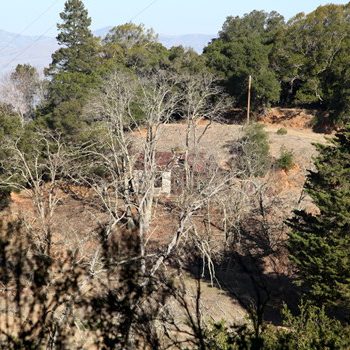
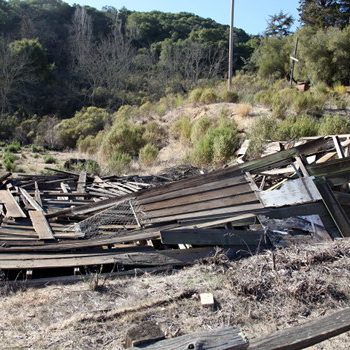
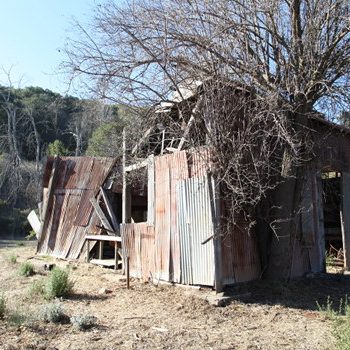
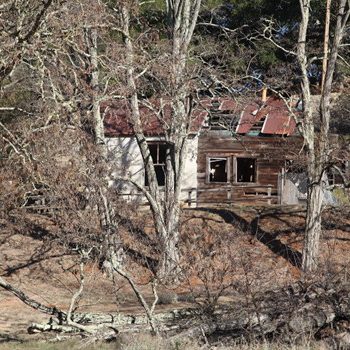
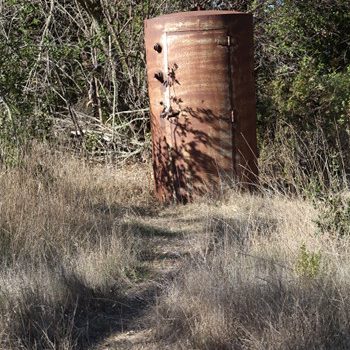
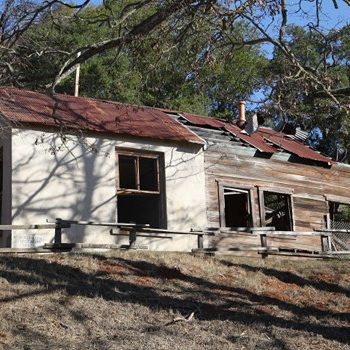
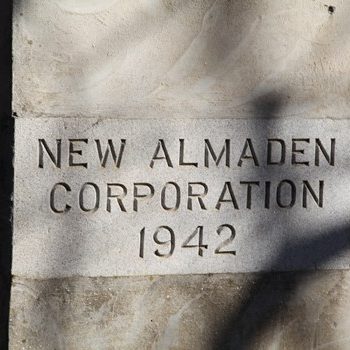
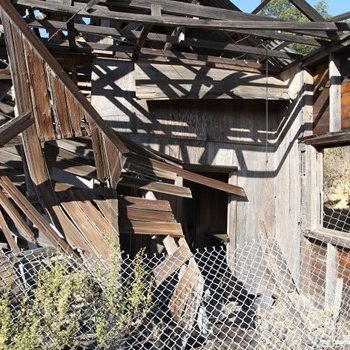
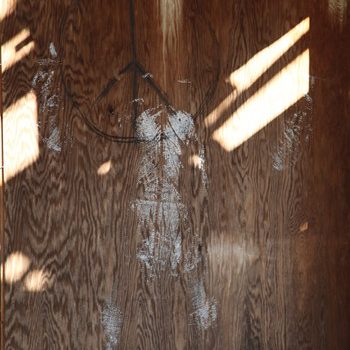
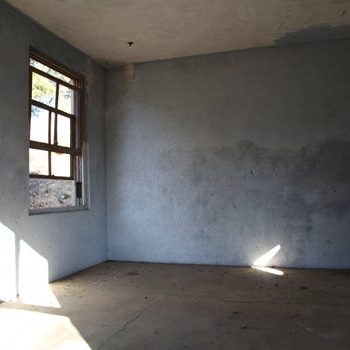
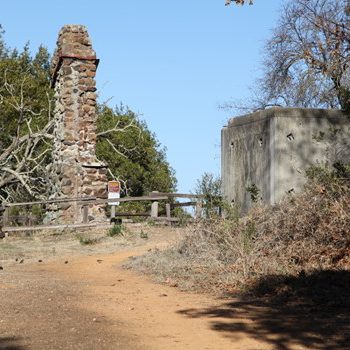
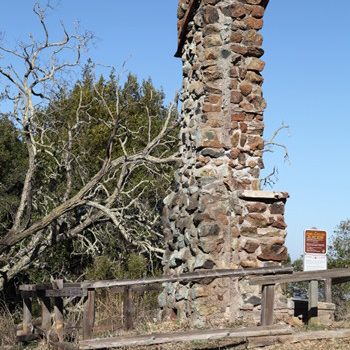
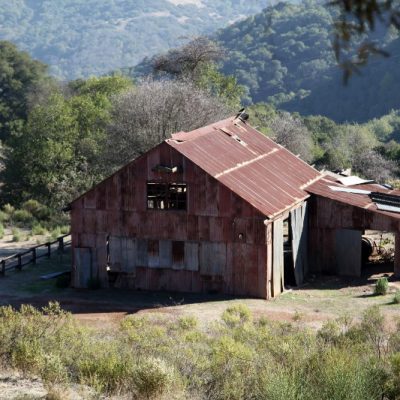
0 comments on “Spanishtown and English Camp — Remains of a Mining Community”Add yours →